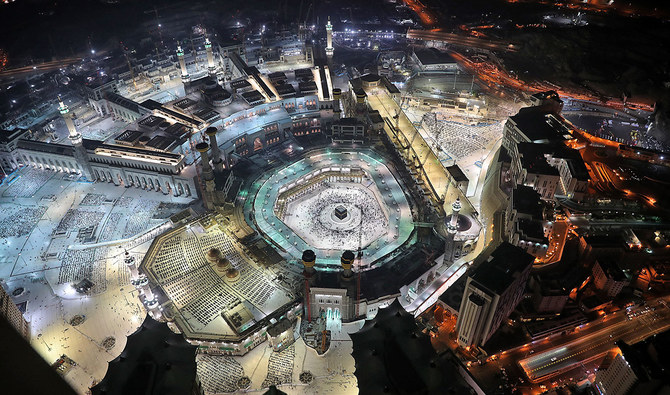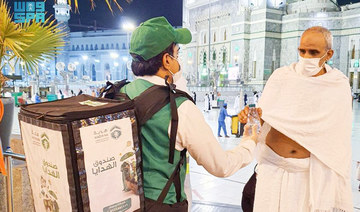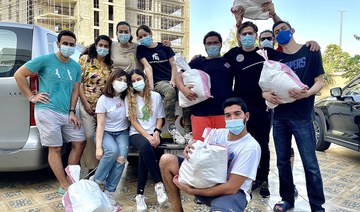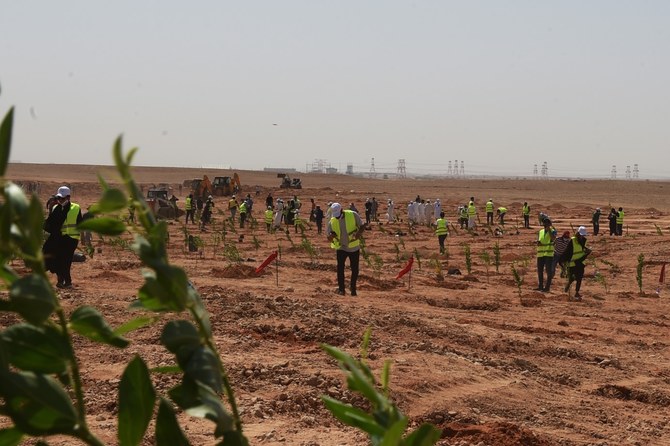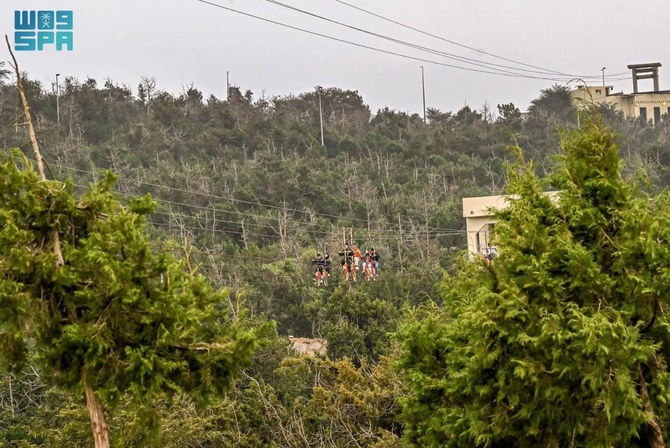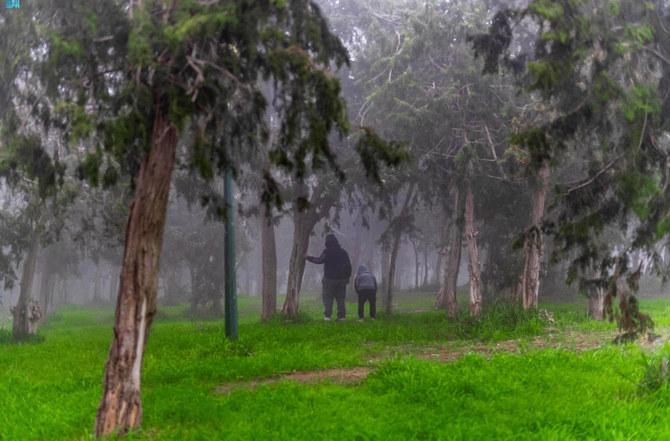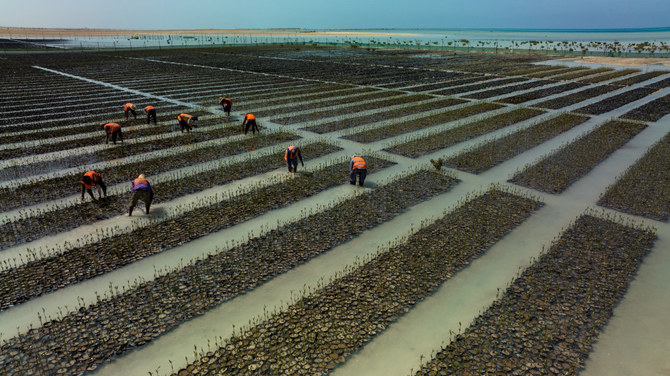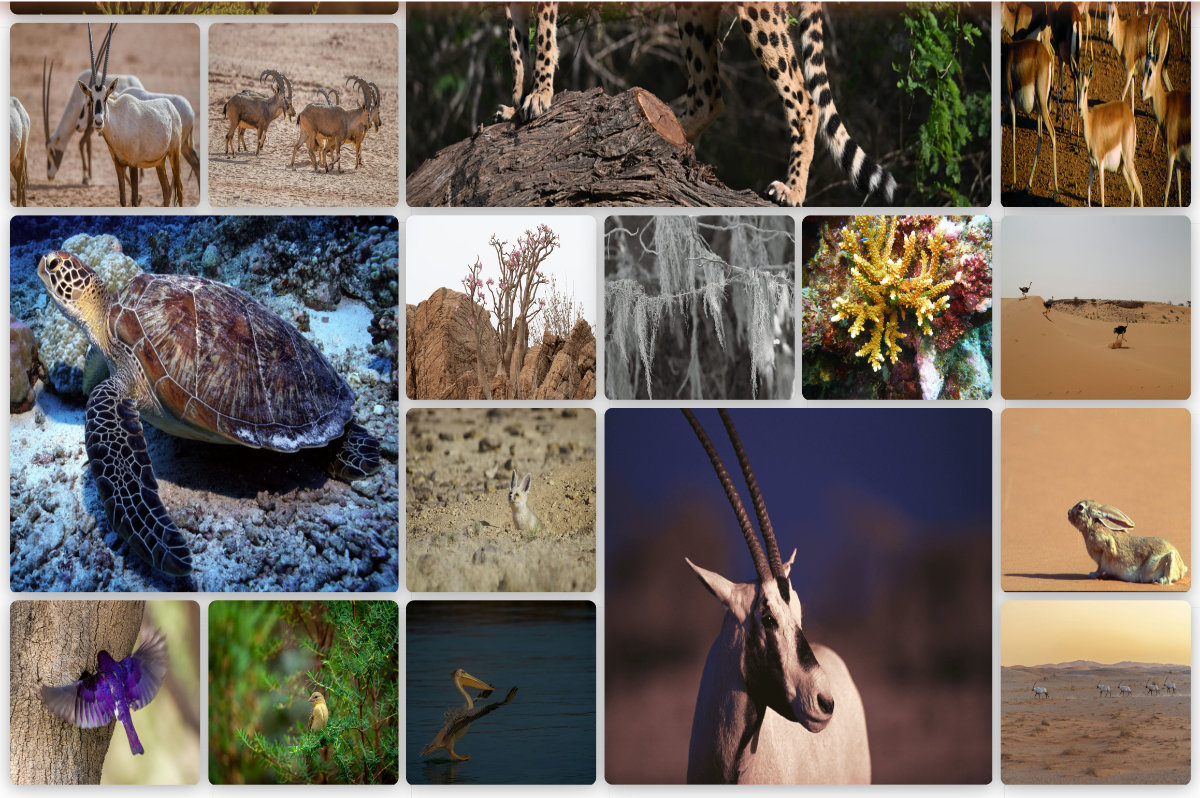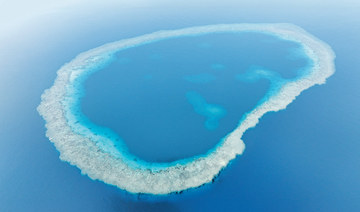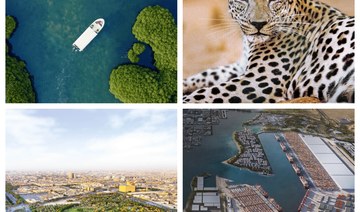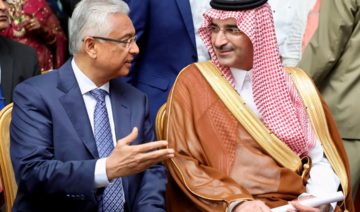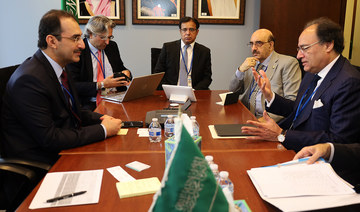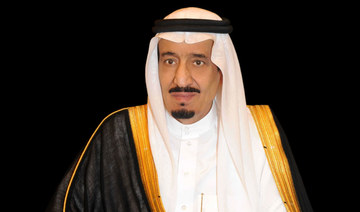MAKKAH: Each year, millions of worshippers travel to Saudi Arabia to pray at the Two Holy Mosques in Makkah and Madinah. Keeping these vast crowds safe and provided for is a gargantuan task at the best of times, but the pandemic has added many more layers of preparation.
Saudi Arabia banned international visitors from making the Islamic pilgrimage, or Hajj, in 2020, in a bid to control the coronavirus pandemic. Only a very limited number of people residing in the Kingdom were permitted to take part.
Now that flights have resumed and the Kingdom’s borders have reopened, worshippers are permitted to enter — provided they abide by a strict set of protocols.
The General Presidency for the Affairs of the Two Holy Mosques, which is overseeing these protocols, works year-round to improve the experience for visitors and staff.
Hani Haider, the presidency spokesperson, said in a recent statement that “immunization is an essential condition for performing Umrah and praying in the Two Holy Mosques.
“It is the first condition for applicants requesting permits to pray, perform Umrah or visit the Grand Mosque in Makkah. The permits are issued through the Eatmarna app or the Tawakkalna app. Entering the Prophet’s Mosque in Madinah requires the Tawakkalna app.
“This applies to immunized people that have received their first dose of the vaccine no less than 14 days prior to their visit, and to people that have completely recovered from a coronavirus infection.
“Three tracks have been designated to the elderly and people with special needs near the holy Kaaba, while six entry points have been dedicated to pilgrims that are being allowed to the Mataf dish as batches through 14 virtual tracks,” he added.
Haider called on pilgrims to follow these tracks in order to ensure the smooth flow of movement, in addition to abiding by the preventive measures put in place to preserve everyone’s safety.
Many of these measures are carefully managed by the presidency’s Technical and Service Affairs Agency. Its staff distribute single-use Zamzam water bottles in the Mataf dish and squares.
They also oversee transport inside the Grand Mosque, organize the entry and exit of visitors, assist people with special needs, and supervise the equipping, disinfecting and perfuming process.
The agency coordinates the movement of pilgrims inside the Grand Mosque and its squares with a crew of observers to ensure COVID-19 containment measures are respected.
Its staff of 4,000 cleaners disinfect and perfume the Grand Mosque 10 times a day, using more than 60,000 liters of disinfectant and 1,200 liters of air freshener.
More than 70 field teams have also been formed to disinfect the Grand Mosque, its outer squares and bathrooms using carefully selected eco-friendly materials to ensure the safety of visitors.
More than 500 automatic hand sanitizing machines equipped with sensors have been distributed throughout the mosque as part of health precautions.
Meanwhile, the Transport Services Department has raised its readiness to serve visitors to the Grand Mosque by preparing more than 5,000 regular vehicles and 3,000 electric vehicles.
Stickers stressing the importance of social distancing can be found at distribution points, while other signs can found on vehicles to confirm they are disinfected before and after use.
The agency has also recruited more than 100 observers and deployed them at the Grand Mosque’s doors to welcome pilgrims, and guide them to their designated areas.
Authorities have allocated 10 doors for pilgrims, including the King Fahd Gate, Ajyad Gate, Safa Gate, Gate of the Prophet, Bani Shaybah Gate, Al-Marwah Gate, Al-Arqam Gate and Al-Marwah Bridge.
Security personnel are on hand to guide worshippers in case prayer areas become overcrowded.
One of the agency’s most important tasks is monitoring the operational status of all 200 escalators and 14 elevators, overseen by more than 90 Saudi engineers and technicians.
They are also in charge of checking the sound system, which is made up of almost 8,000 speakers, nine microphones for the imam and six microphones for the muezzin.
Additionally, the agency is in charge of conditioning the air in the Grand Mosque’s squares through water-spraying technology, absorbing the thermal energy from the outside air and lowering its temperature.
There are almost 250 spray fans spread across the squares of the Grand Mosque, which are used during prayer times when the Grand Mosque’s squares are full and the temperature is high.
“The state has mobilized all of its human and material capabilities on various aspects, including engineering, technical and services, to ensure the pilgrims’ comfort,” Kamelia bint Mohammed Al-Daadi, assistant secretary for women’s services and administrative affairs, told Arab News.
Her department has launched four initiatives to help improve security and comfort for female visitors.
The first is dubbed “Safe Sanctuary,” which focuses on managing the squares and transport services dedicated to women, providing name-tagged scarves, and raising awareness about preventive measures through a barcode system that displays incorrect behaviors.
Next is “Good Hospitality,” which manages the doors dedicated to women, welcomes pilgrims, guides them, and provides them with services in numerous languages.
The third initiative is centered on cleanliness, focusing on the disinfection of carpets in the Grand Mosque so that female pilgrims can safely and hygienically break their fast and perform Tarawih prayers.
The initiative’s logo is printed on all sanitized equipment and staff have all been trained to operate disinfection machines, and to distribute disinfectants and cleaning tools in female facilities.
Finally, the department’s Women Suqya Zamzam Unit is responsible for distributing water from the Zamzam well in sanitary containers to female pilgrims.
The General Department for Administrative, Planning, Institutional Excellence and Technology has also launched four initiatives to prepare its staff. The first, dubbed “Digital Flashes,” is overseen by the Technology and Electronic Services Unit.
“It consists of preparing and designing educational publications to promote knowledge and develop digital skills, and publishing them through various social media platforms on a daily basis during the holy month of Ramadan,” Al-Daadi said.
Another initiative called “Proficiency” is carried out by the Planning, Institutional Excellence and Quality Unit, and is designed to actively spread the message and vision of the Two Holy Mosques, and hold educational workshops.
The third, named “Rehabilitation,” is carried out by the Services of Temporary Female Workers Unit to provide temporary female staff with a rehabilitation program before the Hajj season begins and to celebrate World Manager’s Day.
“Lastly, the fourth initiative is ‘Enrichment,’ which is carried out by the Women Training Academy,” Al-Daadi said.
“It consists of organizing an awareness-raising forum that builds bridges between the female employees of the Grand Mosque and female pilgrims in order to raise the level of readiness.”



